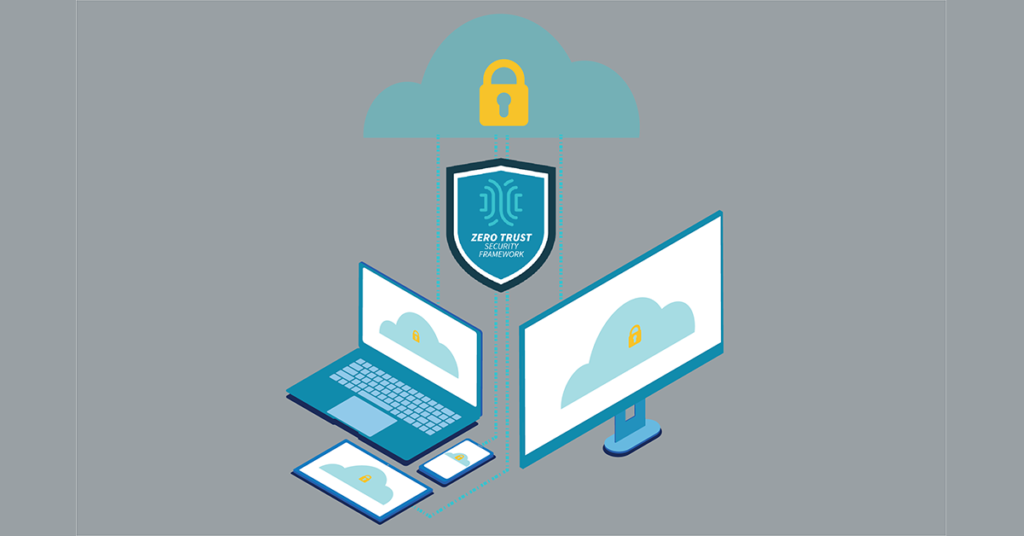7 Considerations While Building a Zero Trust Security Network

The Zero Trust security model requires that trust is not assumed, but rather explicitly granted. This means that if a user initiates a connection to the network, the device they’re connecting from must be authenticated and authorized before access is granted.
The benefits of this architecture include limiting damage in the event of a breach by only allowing attackers access to resources they truly need. If you’re interested in implementing this architecture, review these important considerations and prerequisites.
Considerations While Building a Zero Trust Security Network
In order to build a Zero Trust security system, the following prerequisites should be met:
Central Authentication System
There should be a central authentication server that has a complete list of devices and users. This server authenticates all connections to the network by validating each device and user against this list. The device itself must also have an encryption key in order for it to communicate with the server.
In order to grant access, the server then authorizes each connection against a policy set by the organization that has been authenticated. It is important that access remains limited by only providing what is needed. This limits damage in the event of a breach.
Limiting & Revoking Access
If a device is lost or stolen, it can be revoked so that it no longer has access to the network. Other devices on the network can identify if a new connection is compromised and automatically revoke access, rather than waiting for an administrator to do so manually. This limits damage in the event of a breach.
Logging & Tracking
In order for this architecture to be effective, it is important that all devices and users be logged and tracked. For each device, administrators need to understand where they are connecting from, as well as the actions they take while connected.
Defining Roles
Access should also be limited to only what services and applications an individual needs to accomplish their role within the organization. This enables organizations to not only limit damage, but also to understand what can be done and who is doing it. When a breach does occur, the depth of the damage is limited by only allowing access to those services, applications and data that are needed for specific roles.
Device Restrictions
Devices should only communicate with servers located within the private network. This ensures that communication cannot be intercepted by other attackers while in transit between devices and servers.
Integration with Current Infrastructure
Zero Trust systems must integrate into existing infrastructure, such as physical security. This allows the organization to build this architecture gradually while maintaining its current systems.
Withstanding DoS & DDoS
The entire system should be able to withstand attacks that include denial of service (DoS) or distributed denial of service (DDoS). This requires advanced mitigation techniques like traffic scrubbing.
If these prerequisites are met, your organization can safely adopt a Zero Trust system without needing to make major changes to your current security structure.
Bottom Line
Zero Trust security architecture requires that trust is not assumed, but rather explicitly granted. This means that if a user initiates a connection to the network, the device they’re connecting from must be authenticated and authorized before access is granted.
This article sheds light on prerequisites and important considerations while building your Zero Trust infrastructure. If you want to learn more, check our Zero Trust Whitepaper.





